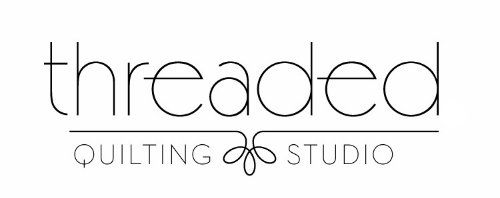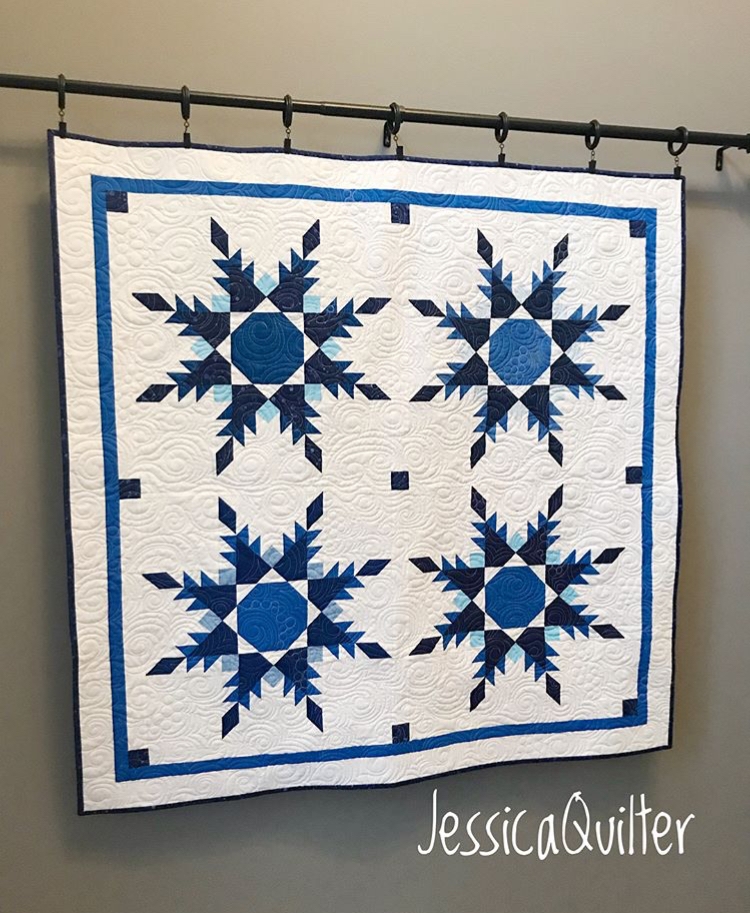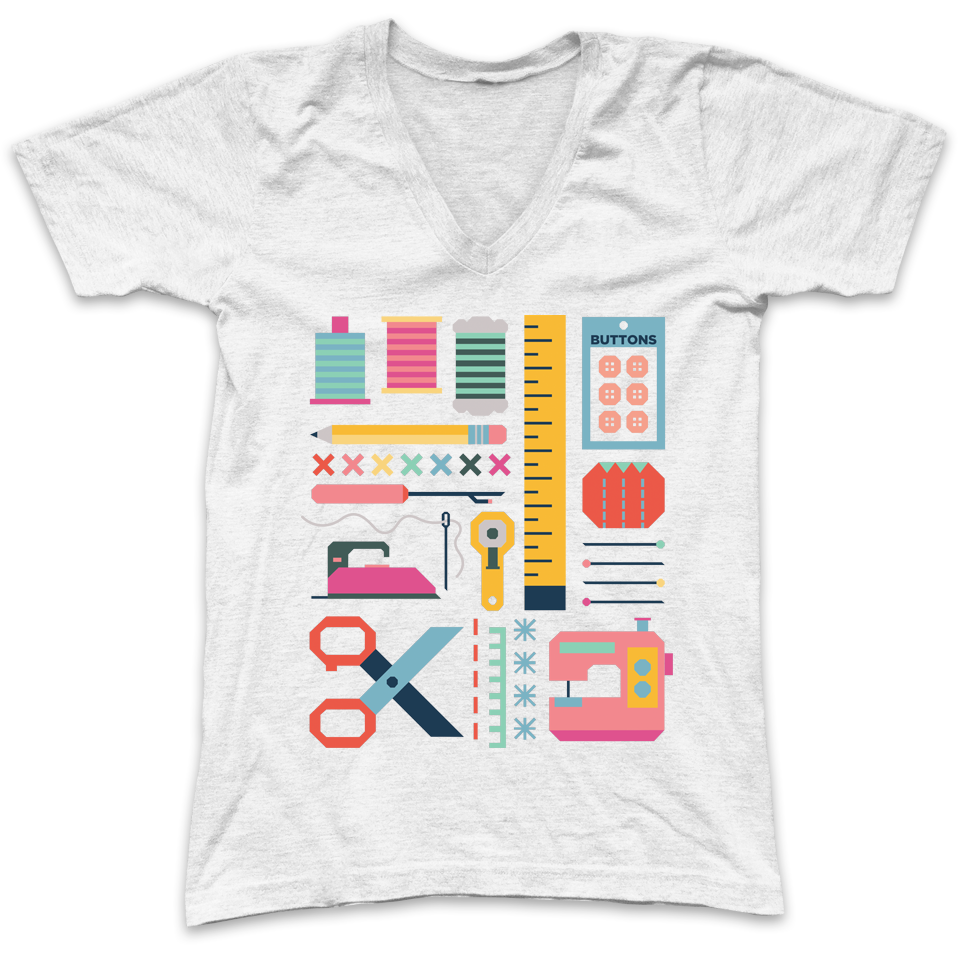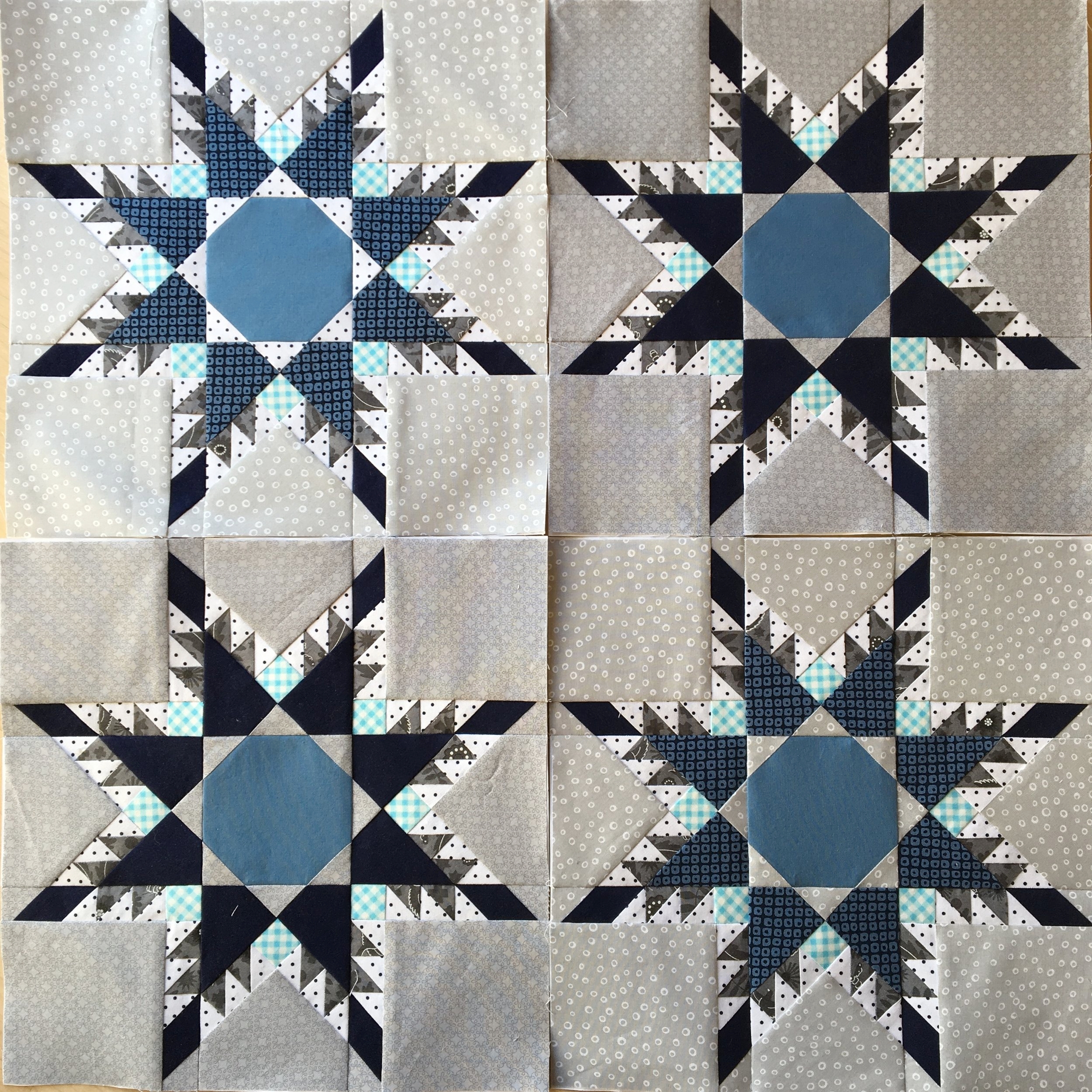1. How will the QAL work?
Each Sunday beginning December 31 (this Sunday!) and lasting for 10 weeks, I will email a new challenge out to the participants. I consider anyone who bought one of the three new patterns to be a participant. The email will have a challenge for that week. Depending on the pattern, it'll be about 2 stars per week. I will also post the challenges publicly here in the journal section of my site.
2. What if I can't keep up?
This is a fairly fast-paced QAL, participate as you're able. My goal is to provide support and fun along the way. The last thing I want is to create added stress in your life! No need to apologize for not keeping up! This is meant to expand your skills, challenge you to sew and create, provide community. There will be no guilt-tripping!! :)
3. Are there prizes?
YES! I can't wait to feature other pattern designers as we go! Most of these designers will be known to you, but if not, I can't wait make an introduction! Since paper piecing is kind of "our thing", I focused on designers who have paper piecing patterns for giveaways!
Prize winning will be based on a mix of general participation and completing specific weekly challenges. I will rely on social media posting on Facebook and Instagram to see who is participating. Please make sure your posts are "public" so that I can see them!
4. The fabric requirements seem like a little much. What's going on?
The Star Flurries and Feathered Star Blizzard patterns can be exclusively paper pieced and because of this, more waste is involved than with conventional sewing methods. This is a reality of paper piecing.
If you plan to use the Fierce Feathered Star method for sewing the 20" stars instead of the paper pieced versions, you can expect to use slightly less fabric. For the patterns that give you the choice, I listed the fabric requirements assuming one would paper piece the stars, just so there would be no shortage.
5. What's with all the shades of blue?
This winter QAL uses fabrics to make the feathered stars resemble snowflakes! I thought it was easier to classify the fabrics by shade (light, medium dark, etc.) but perhaps Fabric 1, Fabric 2, Fabric 3, etc. would have been easier! My apologies if you find it difficult to keep track. I'd encourage you to use the "my swatch" pages preceding each star size to help you stay organized.
6. What size of needle to you use when paper piecing?
I use Microtex Sharps either a 90/14 needle or 80/12 needle. Using the larger (90/14) needle, may help papers better perforate and tear away if that is an issue. I reach for whatever one is new and sharp and haven't had an issue with either size.
Amazon affiliate link:
























